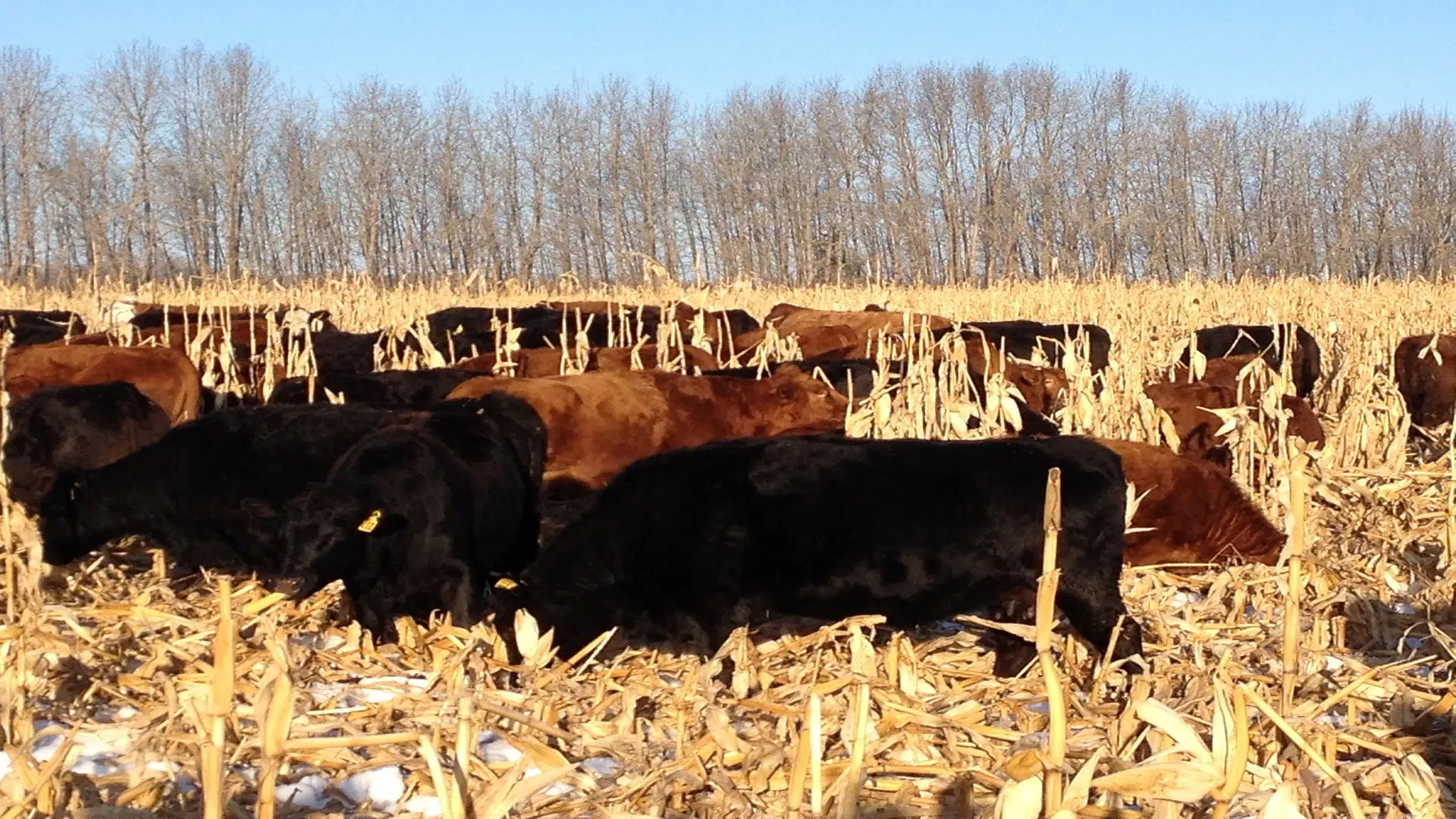
Considering whole plant corn grazing? Get the facts before you plant
LETHBRIDGE – With new varieties of corn becoming available, more cattle producers across Canada are considering grazing whole plant corn as a viable winter feeding option. With that in mind, producers may be thinking about planting grazing corn this spring.
However, it’s imperative that cattle producers are well-versed on what is needed for the crop.
Dr. Bart Lardner from the Western Beef Development Centre says there are good reasons to consider the options.
“It’s a crop that grows two and a half to three times the mass that small grain cereals do, on less land.”


